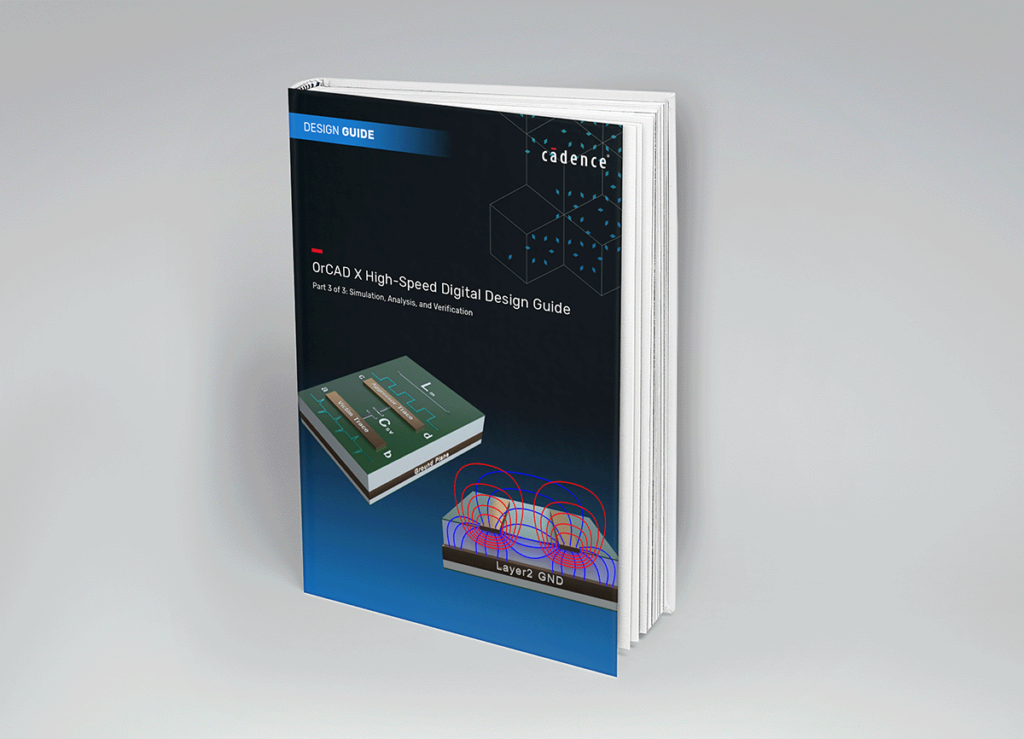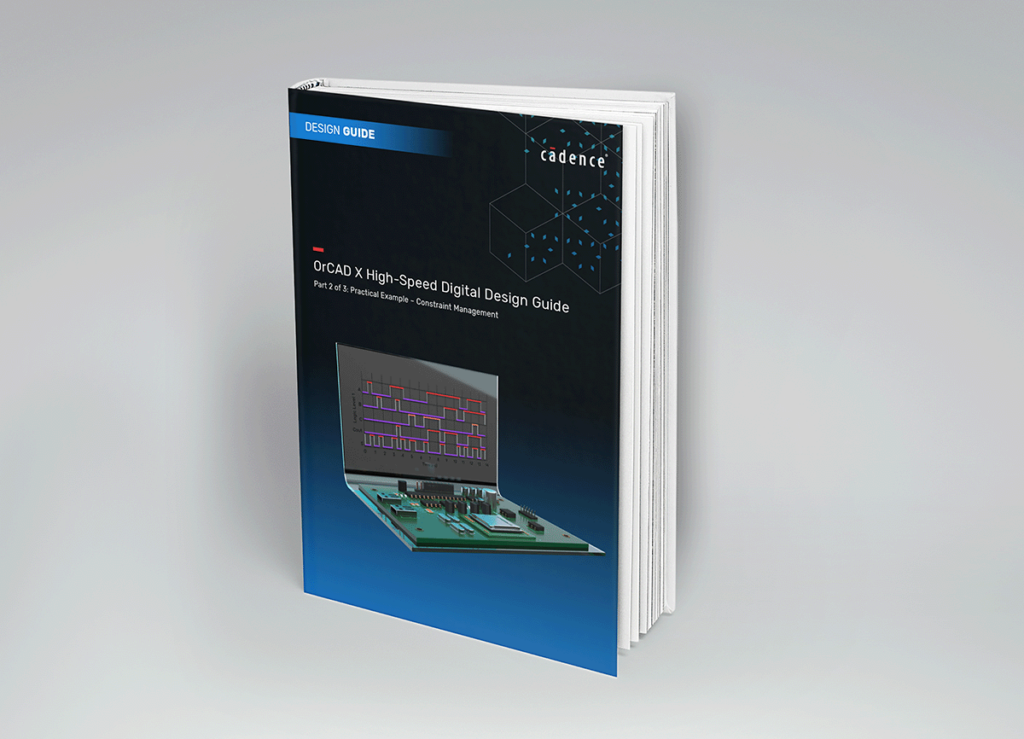This part of the guide covers optimization techniques in PCB constraint management in OrCAD X, focusing on Electrical Constraint Sets (ECSets), schematic-to-PCB constraints, and the modular approach. These tools help streamline workflows, ensure consistent constraint application, and maximize design efficiency for better results.
The PCB Design Constraints Guide: Part 4 will teach you the essentials of PCB constraint management including:
- Constraint Sets (CSets)
- Communicating constraints from the schematic to PCB
- Reusing known-good constraints with import and export capabilities
Check out the full series of eBook for a comprehensive understanding of PCB Design Constraints in OrCAD X and Allegro X:
Part 1
OrCAD X PCB constraint management is a system for defining and enforcing design rules in PCB layout including sets of guidelines for performance, manufacturability, and reliability criteria.
Part 2
Explore this guide to learn how to set standard PCB design constraints and rules that form the backbone of a manufacturable PCB.
Part 3
This guide explores advanced PCB design constraints, focusing on high-speed and electrical design rules such as net scheduling, impedance control, and differential pairs. These constraints are crucial for maintaining signal integrity and timing precision in high-speed interfaces like USB, DDR, PCIe, and RF circuits, ensuring performance and reliability.
Part 4 (Current Selection)
Part 5
This final part of this guide uses a practical project example to demonstrate the application of learned constraint management concepts. Through a practical case study, it reinforces key insights and helps highlight the effectiveness of proper constraint management during the PCB design process, ensuring that readers can tackle design challenges with confidence.













